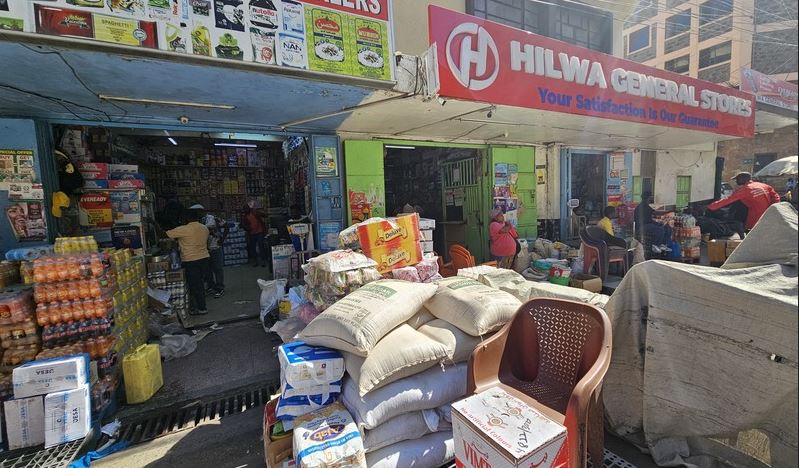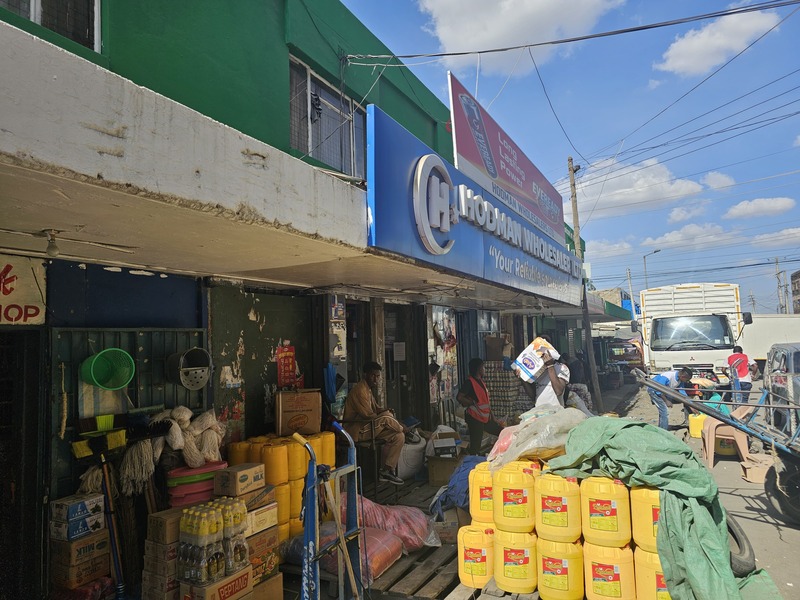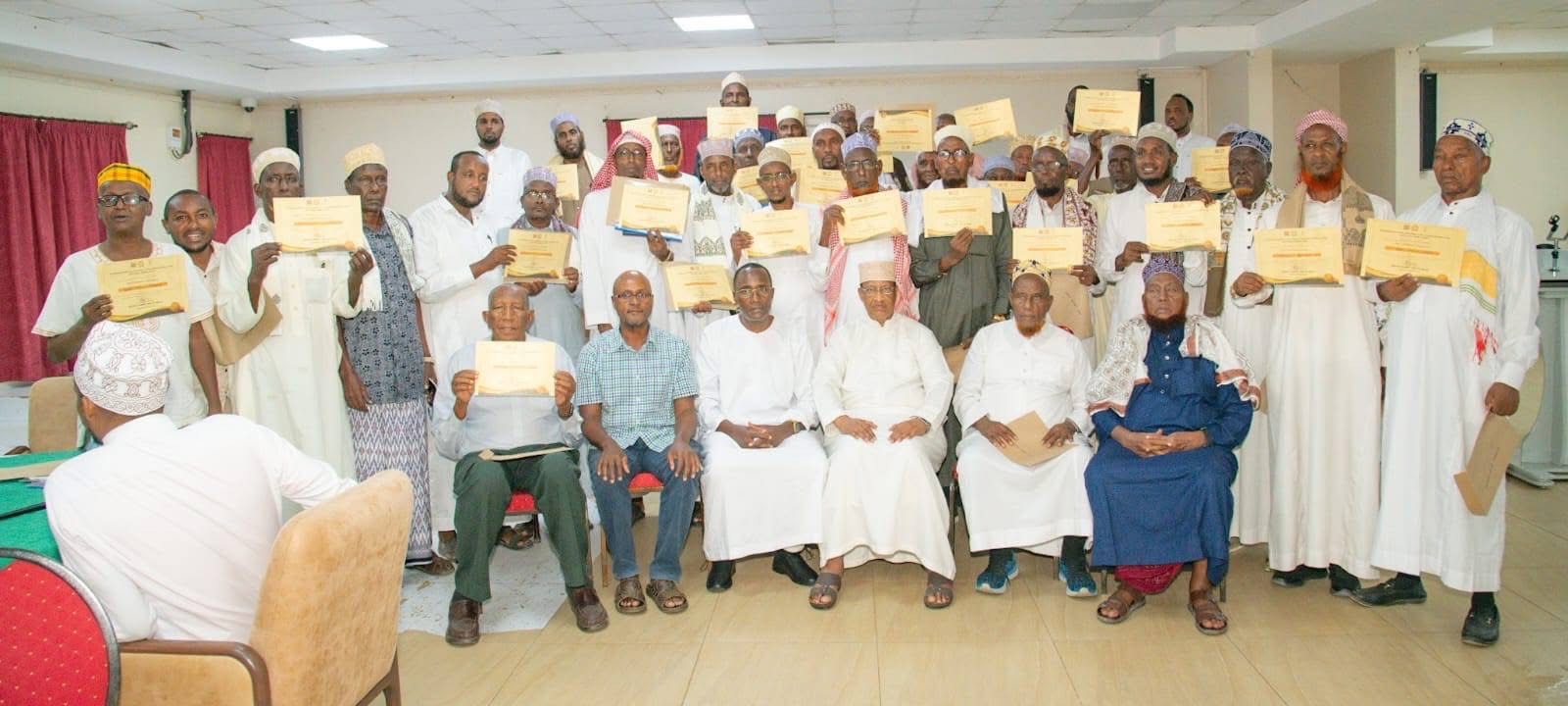EAC central banks adopt master plan to modernise cross-border payments

Among the major outcomes was the adoption of the EAC Cross-Border Payment System Masterplan, a strategic framework designed to make cross-border payments within the region more affordable and efficient.
In a significant step towards transforming the monetary landscape of the East African Community (EAC), central bank governors from the bloc convened in Mombasa on May 9 for the 28th Joint Meeting on Monetary Affairs.
The meeting marked the first attendance by representatives from the Central Banks of Somalia and the Democratic Republic of Congo, following their countries’ recent admission into the EAC. Senior officials deliberated on key resolutions and agreements aimed at modernising the region’s monetary policies.
More To Read
- Veteran Tanzanian politician and ex-EAC Secretary-General Juma Mwapachu dies at 82
- South Sudan says arrested VP Machar tried to stir rebellion, raising war fear
- SADC and AFC/M23 talks agree on troop withdrawal, airport reopening
- Sh310 million budget request to Parliament for Ruto’s EAC job raises eyebrows
- Ex-Kitui MCA, two others in impersonation case decline to allow detectives access to phones
- Mudavadi pushes for unified African response to Eastern DRC crisis
Among the major outcomes was the adoption of the EAC Cross-Border Payment System Masterplan, a strategic framework designed to make cross-border payments within the region more affordable and efficient.
“The governors considered and adopted the Masterplan, which outlines strategic initiatives for the modernisation and integration of payment systems in the EAC region,” the communiqué stated.
The plan envisions a future where East Africans can conduct cross-border transactions seamlessly, promoting deeper economic integration and financial inclusion.
Structured around four key pillars—governance, infrastructure, inclusivity, and capacity building—the blueprint aims to address major barriers such as fragmented regulations, high transaction costs, and limited interoperability.
It identifies several pressing challenges, including fragmented regulatory frameworks, poor interoperability between national and regional payment systems, elevated transaction costs, and sluggish settlement processes. The plan also highlights issues related to limited financial inclusion and inadequate consumer protection.
The implementation of the Masterplan is scheduled to occur in three phases. In the short term (1–2 years), efforts will focus on regulatory harmonisation, upgrading foundational infrastructure, and building capacity.
The medium term (3–5 years) will aim to achieve full interoperability among partner states’ payment systems and operationalise a regional instant retail payment switch.
In the long term (beyond five years), the plan seeks to deepen regional integration, align with global payment networks, and adopt emerging financial technologies.
To further improve cross-border efficiency, especially in data sharing and risk management, the central bank governors agreed to enhance cooperation by sharing information across partner states.
“To strengthen macroprudential policy surveillance in the region, the Committee approved a Memorandum of Understanding (MoU) for regional information sharing on crisis preparedness, management, and resolution during pre-crisis, crisis, and post-crisis periods,” the communiqué added.
This agreement is particularly significant given recent global financial instability, offering a framework for EAC countries to collaborate more effectively during periods of economic distress.
Despite global shocks, the committee noted that economic performance in the EAC region has remained relatively resilient.
“In 2024, GDP growth varied among partner states, with some registering robust growth supported by strong performance in agriculture, and the resilience of the services, mining, and oil sectors,” the committee reported. However, it acknowledged that a few economies experienced slowdowns due to both global and domestic shocks.
Looking ahead, the committee highlighted a positive economic outlook, with real GDP in the EAC projected to grow by 5.8 per cent in 2025—outpacing both global and Sub-Saharan Africa averages. This growth is expected to be driven by continued strong performance in agriculture and services, as well as supportive government policies and macroeconomic stability.
Nevertheless, the committee flagged several downside risks, including global trade tensions, geopolitical uncertainties, and elevated climate-related risks.
Top Stories Today














































